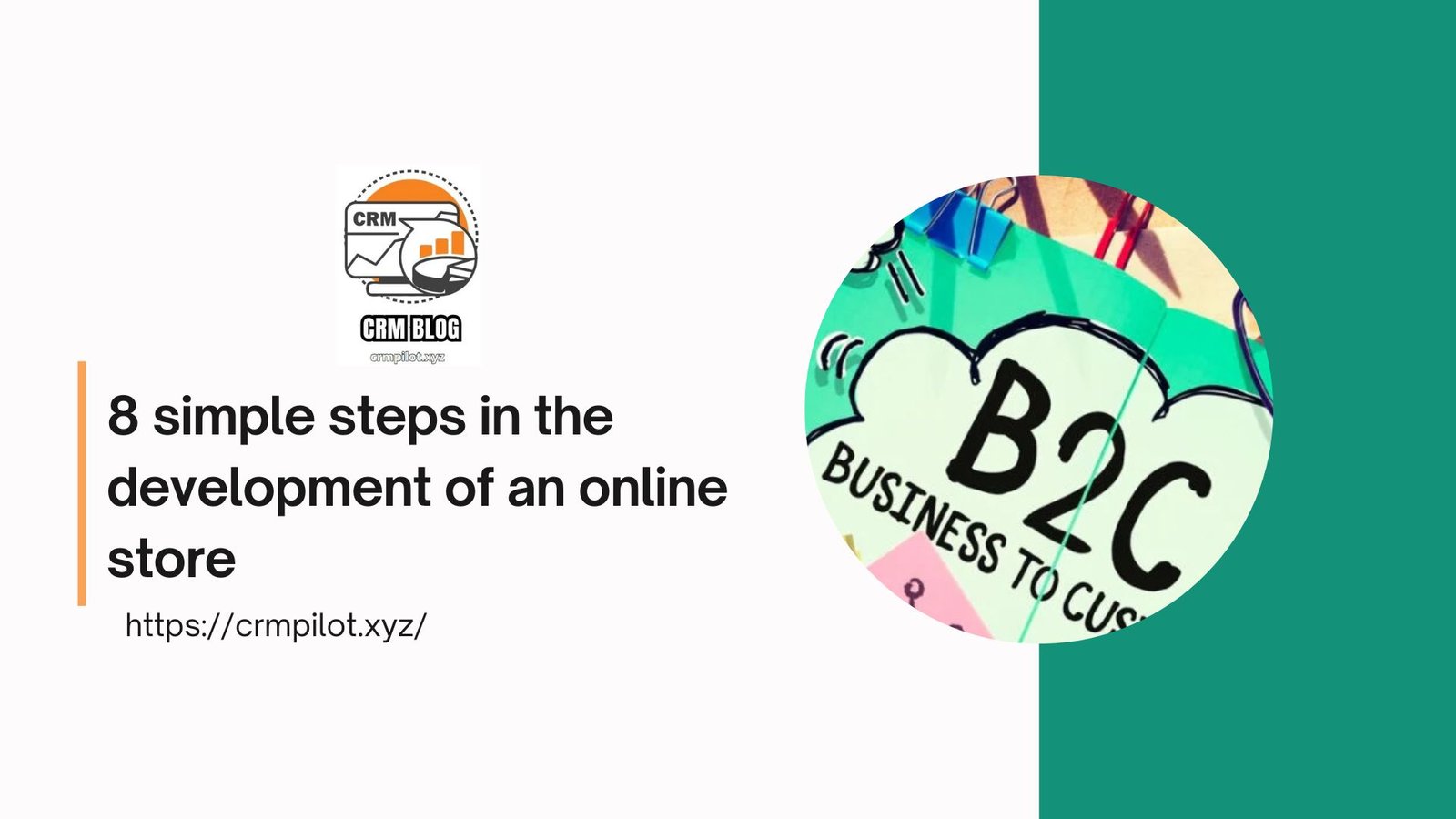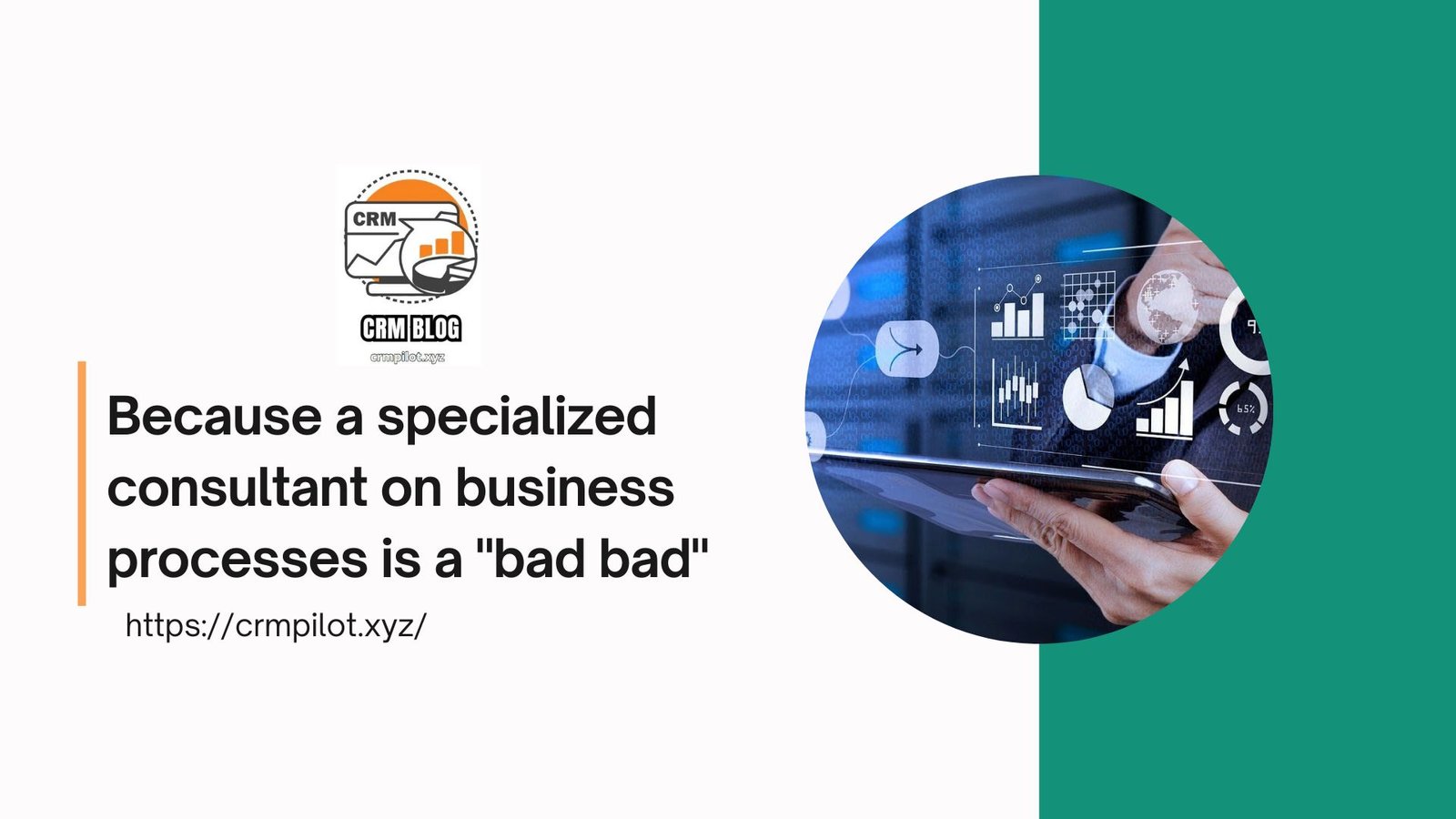The onboarding or integration plan of the new employees of the company is the process that a new colleague must pass to successfully integrate into the organization. This process refers both to the occupied position, to the description of the work, to the responsibilities of the new employee, as well as to the culture promoted within the company, so that it is familiar with the basic principles of the new work. The onboarding period can coincide with the candidate’s trial period.
Here are the essential steps for successful onboarding:
1. Omboarding planning: preparation before the employee arrival
- Creating a detailed and structured onboarding plan that includes the phases and objectives for the first weeks.
- Preparation of the team and the work area: internal ads, preparation of the necessary equipment and assignment of the work area, access accounts for the programs in which it will work (e-mail address, accounting software) to be created.
- Definition of expectations for the new employee, including the presentation of the internal training program, the software used in daily activity and the support resources and in the absence of clear resources, to set up a pre-programmed time interval for questions and clarifications.
2. Receive and introduce the employee on the first day
The first day of work is crucial, because it creates the first impressions and gives the tone for the integration period. To make the first day in the company of the new possible employee, we advise you to send him a welcome e-mail, in which to present his agenda on his first day. The agenda of the first day could contain activities such as:
- A warm reception And a corporate tour (in person or virtual) to familiarize the new employee with the work environment.
- Presentation of the team It is the attribution of a “onboarding companion” or mentor to be a support and a guide.
Introduction to organizational cultureThe values and mission of the company, the work program, the clothing code (if applied), the discussions at work, activities and responsibilities, to help them understand expectations: it is useful for the new employee to resume several times during onboarding to ensure that they are understood and internalized.
3. Initial training: develop skills and know the role
- Conduct specific training sessions For the occupied role, from the use of software and platforms internal to the knowledge of the procedures, they can help reduce the specific emotions received by a new employee. A starting point could be to provide information on the first projects to work, so knowing what expectations are but also the presentation of the customer portfolio and set the objectives for the first month.
- Clearly defining short -term objectives and expectations By looking at performance you can reduce uncertainty and increase motivation. Some examples of objectives for the first month: familiarity with work systems and tools; understand the basic responsibilities of the role; knowledge of the team and the organizational structure; Establishing the first activity and fulfilling (a first activity/first activity can also complete the internal materials/procedures necessary to perform the functions in the description of the work; another example may be to observe the activity of a colleague or a shadow – to better understand how the internal principles and procedures are implemented and therefore another task.
- Provides regular feedback While the new employee carries out his duties, to help them make the necessary changes. The feedback in the first month should be offered weekly by the manager or the mentor to include the progress made and the employee has the opportunity to present the challenges found. By following these feedback meetings, it is possible to identify short -term improvement areas and the next steps for development can be established.
4. Alignment to the company’s values and objectives
- The discussions on the mission, vision and long -term objectives of the company will help him outline an idea of his future and involvement in the company.
- Involving the new employee in team meetings and projects He will give him a wider vision of the purpose of the company and how his role contributes to his success. In addition, his involvement from the beginning in these meetings will create the feeling of belonging and will no longer feel like the “new income”.
If you have not yet started working on Mission-Objecative-You you can use this opportunity, to give them a form, because the new colleagues are more likely to follow a procedure or objectives, because they do not have the previous history. In addition, they can actively contribute, by processing ideas/suggestions from the point of view of a new income. In this direction, we have a course that could be useful for establishing vision, objectives but also to standardize work processes and therefore automation/digitization. Access the following link to travel the course: https://www.brunomag.ro/academie/antreprenor-in-contabilititte-lider-si- educator/
5. Mentor and feedback: monitoring of integration and performance
The role of an onboarding partner It is to provide moral support and answer questions about daily tasks and internal procedures.
Periodic feedback meetings (weekly) Between the onboarding companion and the direct director are essential to discuss the progress of the employee, the skills shown but also to adapt the expectations based on evolution. In these meetings it is important for the onboarding buddy to transmit feedback to the direct director, on how the new employee, the practical and communicative skills (both in the team and in customers), the progress it has made in relation to the sets/objectives sets and if it implements the internal consolidated work methodology. On the basis of these discussions, the new employee can receive punctual suggestions for improvement, deepening certain issues/procedures and even the directions of professional development related to proven skills.
Periodic feedback meetings (weekly) between the new employee and the direct director to collect the employee’s feedback on the tasks (their clarity/complexity), on the integration of his team, as well as the manager’s suggestions on the improvements that the employee can make. This feedback session can be set every week, the same day, at the same time and can have between 15-30 minutes. It is recommended to maintain a balance between the two fields (employee and manager). A balanced structure suggestion would be as follows: 10 minutes the employee discusses, 10 minutes discusses the manager and in the other 10 minutes the following steps can be established and the way to integrate the improvement suggestions received.
6. The end of honor: evaluation of integration and compatibility
O o oNboarding BuddY must start a discussion with the Direct Director, in which he will send the feedback on the level of integration of the team candidate. If the team has less hierarchical levels, the entire team will be consulted, as regards the level of integration of the candidate, in order to make a positive or negative decision in this regard. The aim is that this candidate can integrate into the team, understand and be aligned with the values and mission of the team. By introducing the team candidate, he aims to become more precious and this is necessary to be communicated to the candidate, from the beginning.
Based on the team discussions, a discussion will be started with the new candidate for Revision of performance, discuss strengths and those that require improvements observed during the onboarding period. It is a favorable moment to establish objectives and plan further developments, including additional training resources based on needs.
7. Continuous improvement of the onboarding process
An effective onboarding process is the one that constantly improves (ideally would be every new employee) based on feedback and previous experiences.
Therefore, evaluation of the feedback of new employees It is necessary to identify which onboarding aspects can be optimized. The onboarding process must be adaptable that can be changed Depending on the types of roles and departments, to provide personalized experience. The monitoring of the success and loyalty of new employees is important to determine the impact of the honor on their performance and satisfaction.
Omboarding is a strategic investment in the success and loyalty of new employees. A structured process, which includes constant support and light feedback, facilitates the integration and adaptation of employees and contributes to a united, productive and motivated team.
Latest Posts Published

7 excellent features of the Hubspot Sales & CRM software that will help you close multiple offers

8 simple steps in the development of an online store

How to go from Excel to an activity management program

E-Facing: period of grace until May 31st

Because a specialized consultant on business processes is a “bad bad”

Hubspot CRM or Mini CRM – What do you choose?

The waves of artificial intelligence: how technology changes our life and our business

Create Cosmetic Salon Site | AMC Websoft

Career plan: how can you integrate it into the Onboarding?


